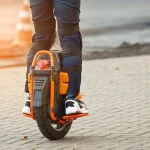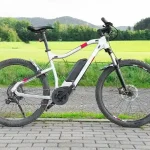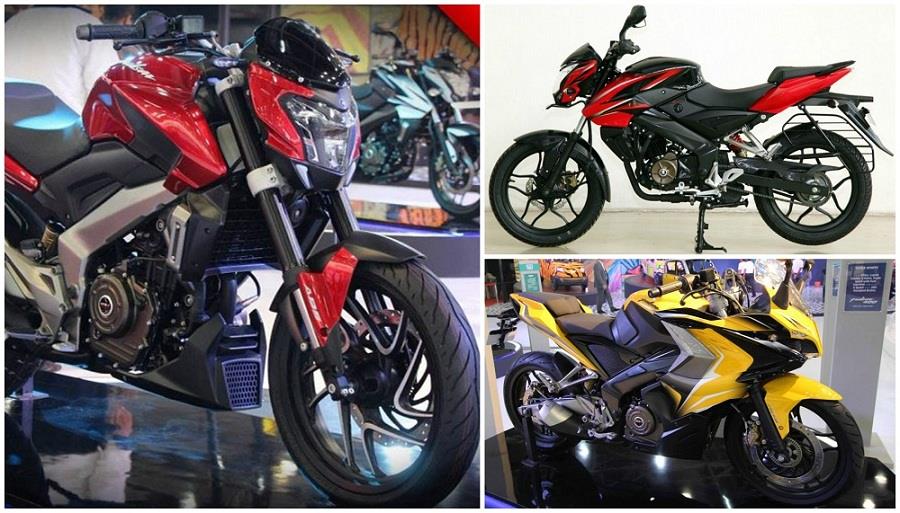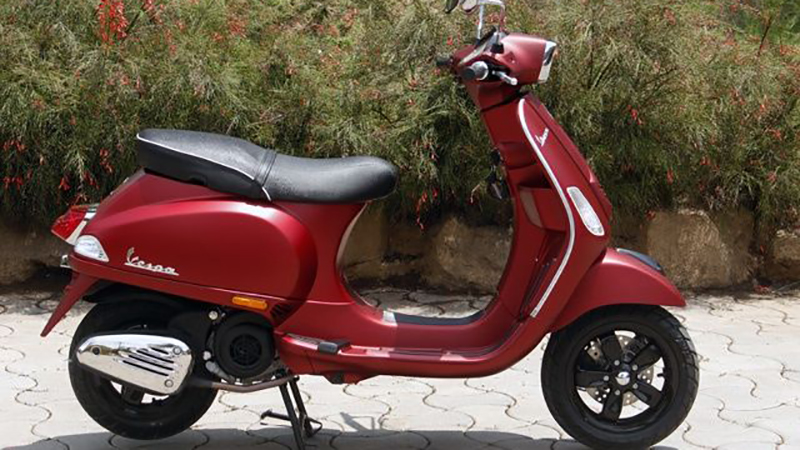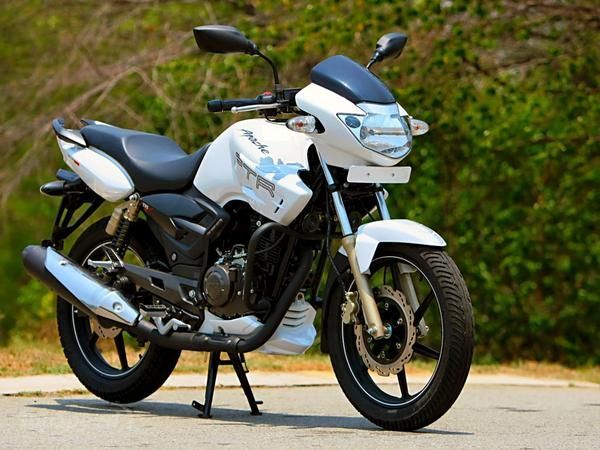As urban centers around the world continue to grow, traditional modes of transportation are struggling to keep pace with the demands of modern city life. Congestion, pollution, and rising fuel costs have prompted many to seek cleaner, faster, and more efficient alternatives. One solution that’s gaining traction is urban electric mobility — a term that encompasses electric bikes, scooters, unicycles, and mopeds designed for city use. But is this just a trend, or the inevitable future of urban transport?
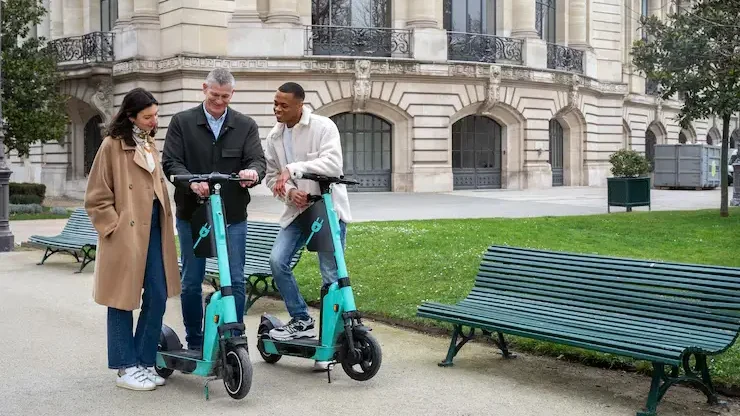
Content
A Shift in Urban Priorities
City planners and residents alike are reevaluating their transportation priorities. Space efficiency, sustainability, and affordability are taking center stage. Unlike cars, electric scooters and bikes are compact, lightweight, and ideal for short to mid-range trips — which make up the majority of daily commutes. With dedicated bike lanes, pedestrianized zones, and expanding green policies, cities are becoming increasingly compatible with electric mobility.
The Tech Behind the Movement
Modern electric vehicles have come a long way from their early iterations. Today’s electric unicycles and scooters offer powerful motors, long-lasting batteries, and smart features like app connectivity, GPS tracking, and regenerative braking. Companies like ZoomRide provide access to high-performance models, including electric unicycles like the Veteran Lynx and electric scooters that can handle urban terrains with ease.
These vehicles are not just practical — they’re fun, efficient, and surprisingly fast. Most can reach speeds of 30 km/h or more, which is perfect for navigating traffic and keeping commute times short.
Economic and Environmental Benefits
Switching to electric mobility isn’t just good for your wallet — it’s also great for the planet. Electric vehicles emit zero tailpipe emissions and use far less energy than gas-powered alternatives. Maintenance is minimal, with no oil changes or complex engine systems to worry about. For city dwellers, this translates to significant savings over time.
And with rising fuel prices and increased awareness of climate change, the demand for clean transportation is only expected to grow.
What’s Holding It Back?
Despite the momentum, urban electric mobility still faces some challenges — from regulatory uncertainty to safety concerns and infrastructure gaps. However, many cities are already responding with updated traffic laws, charging stations, and investment in micro-mobility infrastructure.
Final Thoughts
So, is urban electric mobility the future of city transportation? All signs point to yes. With the right infrastructure, policy support, and continued innovation, electric micro-mobility has the potential to redefine how we move through our cities — cleaner, faster, and smarter.

Safety is Mark’s top priority. His blog isn’t just advice; it’s a guardian angel for drivers. Stay informed about the latest safety features, and drive with confidence, knowing Mark has your back.

